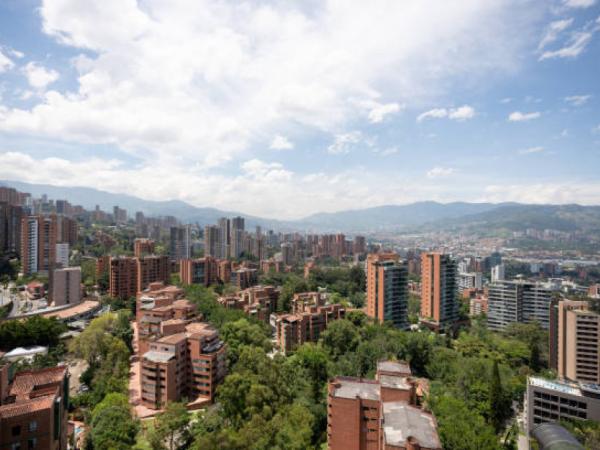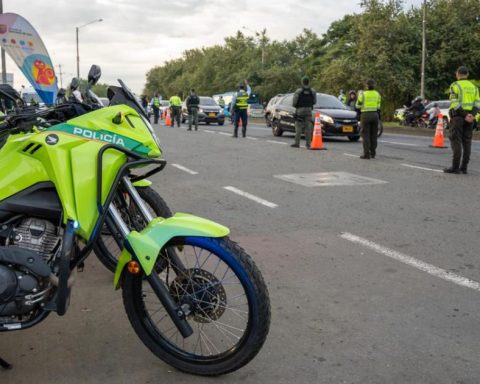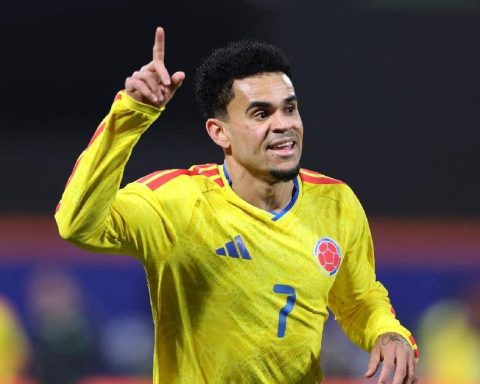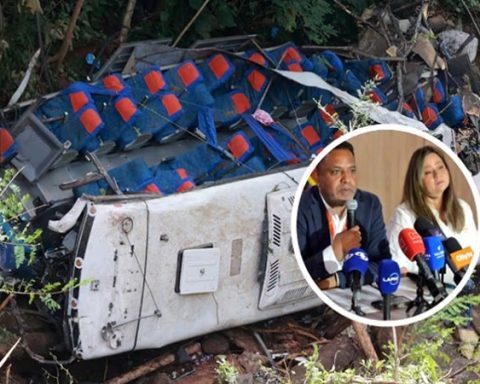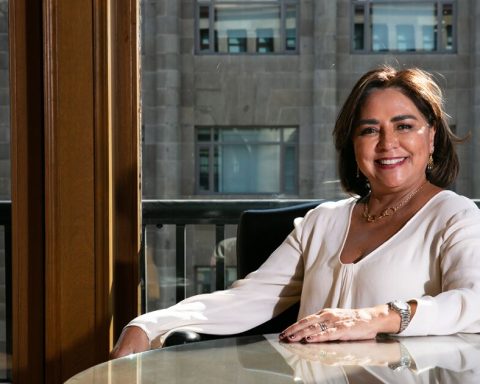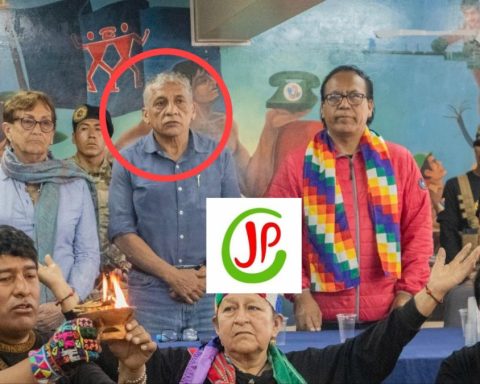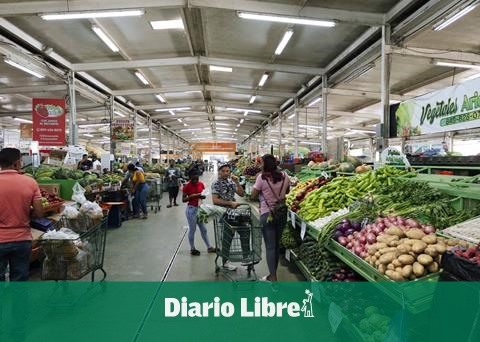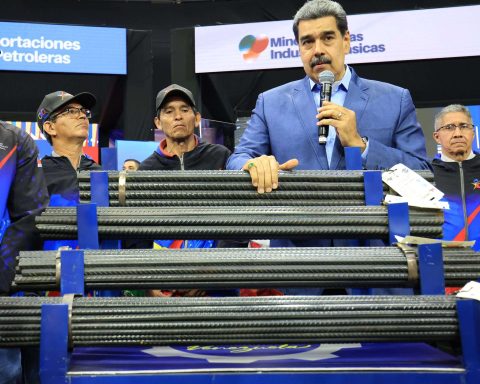Tourism in Medellín continues its promotion as one of the key engines of the local economy. In 2024, the Antioquia capital closed with a 23% growth in the arrival of international visitors and a hotel occupancy that remained close to 70%.
José Alejandro González, Secretary of Tourism and Entertainment of the City, makes a detailed balance and exposes the strategies that the municipal administration will boost in 2025 to diversify the tourist offer. Among the foci are health tourism, the strengthening of the MICE segment (events, meetings and conventions), and the consolidation of authentic experiences through community tourism.
You can see: The housing that hoteliers has in trouble: why?
How was the balance of the tourism sector in Medellín for 2024?
Thank God we had very positive figures. We achieved a growth close to 23% in the number of tourists who arrived in our city. We closed with 1.8 million passengers who entered through the José María Córdova airport by migratory point. Of those, 59% were international tourists, which means a little more than one million visitors from abroad who arrived in direct flights.
That figure does not represent the total number of tourists, since many enter Medellín from other cities in the country such as Bogotá or Cartagena, and there is also an important participation of national tourism. As for accommodation, we close with a 69% hotel occupancy and a little more than 60% occupation in short rental housing. They are very positive indicators for the city.
How does tourist housing impact traditional hotel in the city?
We are aware that both short -income and traditional hotel housing must coexist in Medellín. From the Secretariat we welcome both investments in new hotels and alternative accommodation platforms. The concern of the hoteliers is explained, in part, because the total offer has grown. There are more hotels and more tourist housing available. If the number of tourists does not grow at the same rate as the offer, a decrease in occupation is naturally perceived.
The challenge as a city is that both models live together. There are tourists who prefer hotels and others who opt for tourist housing. It is not about competition, but about coexistence, and above all about doing things well. If one of the two sectors is doing badly, the city is going wrong. Our goal as Secretariat is that all tourism entrepreneurs do well.
What projects will be consolidated in 2025 to attract visitors?
We are very focused on strengthening community tourism. After the pandemic, the global trend aims to know how the place lives: what he eats, where he walks, how is his daily life. In that sense, Medellín is a blessed city. We have multiple communes with different stories, many of which are already prepared to receive tourists.
Not all cities can offer that narrative and cultural wealth. As Mayor Federico Gutiérrez says, we do not hide our history; We count it from the victims, not from the perpetrators. Today Medellín is a resilient city, which was transformed, and that is what we want to show. We also want to encourage internal tourism. Even many citizens of Medellín do not do tourism in their own city. There we have another challenge.
See also: Colombia in Fitur: Campaign ‘Cali is where you must be’ incentives tourism in the country
José Alejandro González, Secretary of Tourism and Entertainment of Medellín
Portfolio
In addition to leisure tourism, what advances have they had in other segments?
When we arrived at the Secretariat, we found that the previous administration had ruled out the tourism of meetings, events and incentives. We did the exact opposite. We bet on that segment because Medellín has adequate infrastructure: convention centers, hotels, logistics services. In addition, it is a type of tourist who brings a lot. It usually stays several days, has a high level of expense and we are working to stay even more: that it arrives before the event, it stays later or that, when you know the city, decide to return on vacation. We have also bet strongly on health tourism.
This segment already had a solid base when we arrived, thanks to the health tourism cluster of the Chamber of Commerce. However, institutional accompaniment was missing. We want to promote specialties in which we are strong: ophthalmology, dentistry, plastic surgery and fertility. We are already working with entrepreneurs in the sector to enhance Medellín as a health destination in Latin America.
What role play digital nomads and ‘bleisure’ tourism in Medellín?
We are very satisfied with both trends. The ‘bleisure’ tourism – that is, the combination of business trips with leisure – has worked well. We ask these visitors not to lock themselves at the hotel after a congress, that the city will come out, to talk to people, walk. That is our message every time we inaugurate an event.
On the other hand, the phenomenon of digital nomads came organically in Medellín, but it is time to understand it in depth. Therefore, we will work with the UN and the Chamber of Commerce to carry out a serious study on its impact. I personally like digital nomads for several reasons: they win in dollars, take care of the city because they live in it, and on weekends do internal tourism. The great challenge is that they fall in love with the city and promote it among its circles, to tell their families and friends that Medellín is an ideal destination to visit.
How is health tourism evolving?
It has grown, but not as much as we believe it could. We still have no consolidated figures, but we are in that process with the cluster and the actors in the sector. In addition, we have identified a new player profile: the consolidators of health services, a kind of specialized wholesalers.
They are not doctors or clinics, but promote medical packages and are responsible for managing the entire trip. They understand tourism, while clinics do not necessarily do so. Therefore, we want to articulate the knowledge of both sectors to work together and achieve a more attractive and professional offer.
It may interest you: New cruise for the Magdalena River, among the best places to visit in 2025

The places you can visit in Medellín.
Istock
What is the goal for 2025 in tourism growth?
We hope to continue growing, possibly exceeding 1.5 million tourists. However, the objective is not just bringing more visitors, but they stay longer. A city wears out when it has a high volume of tourists who remain a short time.
That is why we are working in a city-region strategy together with the Government of Antioquia. We want visitors to go to stay 4.2 days to 6 days. This not only relieves pressure on tourist infrastructure, but also has a much more positive economic impact for the entire region.
Paula Galeano Balaguera
Portfolio journalist
